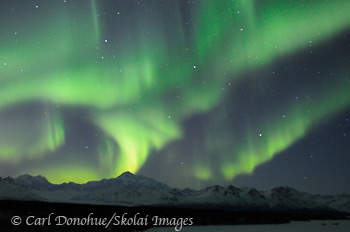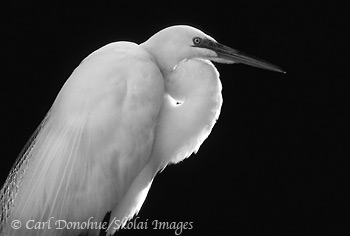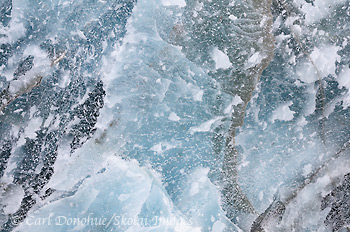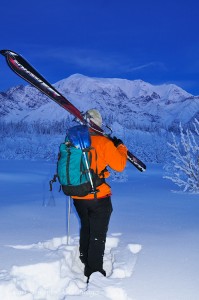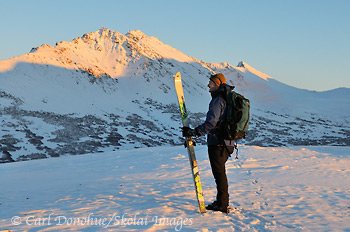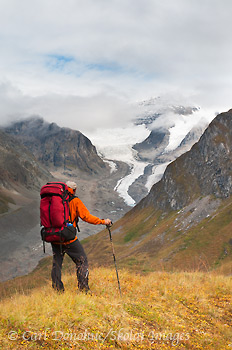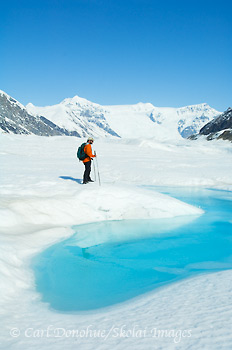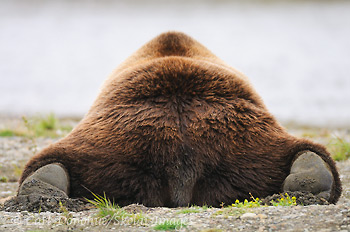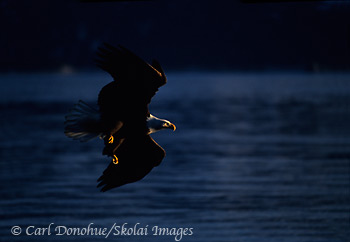
Backlit Bald Eagle, splashed with light, Homer, Alaska. Please click on the image above to view a larger version of this photo.
Hey Folks,
If a tree falls in the forest? We’re all familiar with the old adage, and I think it’s an interesting question pertaining to art. If a musician, for example, doesn’t play music for an external audience, is s/he really a musician? Must a photograph have an audience?
In my opinion, the answer is a resounding no. Art is something creating. Art is the pursuit of idea. That process of making some thing is the essence of art. Playing my guitar in my room, alone at night in the dark, can be every bit as artful as a performance on any stage. Sitting outside the little Shack in the winter woods, alone but for the forest and the great night sky, gently playing my Native American Flute is art. Lifting my camera to the eye, reaching through the viewfinder for my composition, bringing together the elements I see, crafting an image, is art.
Whether the end product of that art reaches an audience is secondary; all too often that’s something over which I have little or no agency.
Art needs no audience. Art needs artists; people who make art.
That is the gift art brings our lives. What do we give in return?
Cheers
Carl
